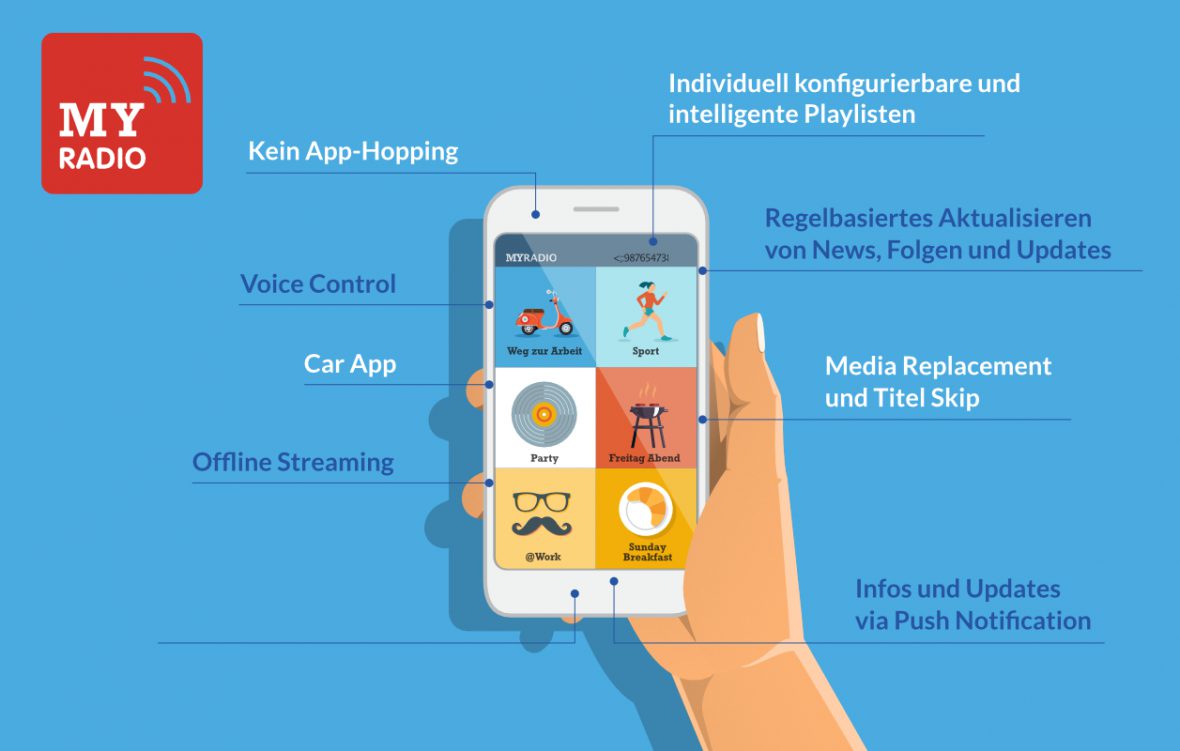Television
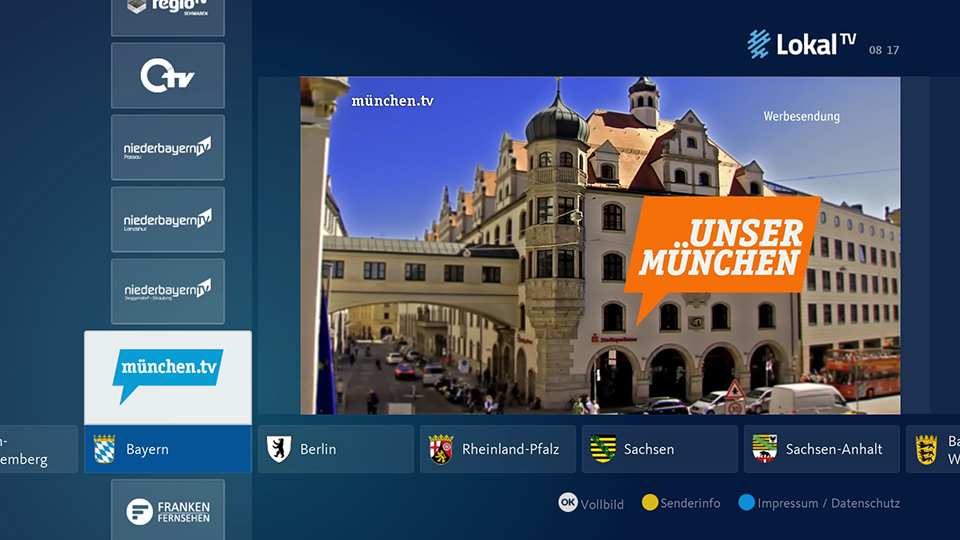
Local TV portal
The Lokal-TV-Portal is a multi-level interactive application that bundles over 70 local TV stations in one application as a central brand. The Local TV Portal was supported by the Bavarian Regulatory Authority for Commercial Broadcasting (BLM) and developed by Bayerische Medien Technik GmbH (bmt) with the aim of improving the findability and permanent availability of local TV programmes.
It enables local broadcasters with live streams and media libraries to have permanent access to a large part of the television households in Germany, even if they do not have their own satellite or antenna distribution or only have it for a limited period of time.
In addition to a variant for HbbTV, the local TV portal is also available as an app for LG, Samsung, Android TV and Amazon Fire TV.
More about the Local TV Portal
HbbTV Rating Monitor – analysis tool for programme and media planning
The HbbTV Rating Monitor is a new development by bmt, which was supported by the Bavarian Regulatory Authority for Commercial Broadcasting (BLM). It is particularly useful for TV stations whose ratings are not evaluated on a daily basis. The analysis tool provides real-time insights into the number, dwell time and reception paths of the connected HbbTV devices connected to the Internet. In freely adjustable slots, e.g. in 60 second or 15 minute slots, as well as over a freely adjustable period of time, such as the past 24 hours, the previous day or a specific period in the past, the usage can be analysed on a provider-specific basis. The audience measurement complies with all data protection regulations and does not collect any personal data.
More information about the HbbTV Rating Monitor

DVB-I – Unifying the broadcast and streaming experience for all screens
The DVB-I specification is intended to provide video streaming of linear programmes over the Internet as user-friendly and robust as traditional TV broadcasting on TV sets. Standardised by the DVB project the approach offers the ability to deliver linear programmes to any TV set with a media player, including SmartTVs, tablets and smartphones. The features of the specification are structured service lists for uniform user interfaces, low latency and many options for additional services. These can include HbbTV, programme guides, accessible services, genre-based and event channels. In addition, with DVB-I, the IP streams can also be combined with conventional broadcasting systems such as satellite, cable and terrestrial. DVB-I is also to be considered for TV transmission with 5G Broadcast.
The bmt is participating at the German DVB-I Pilot. and supporting working groups of the of the German TV Platform.
The main focus of bmt’s work in the German DVB-I Pilot is the development and operation of the service list aggregator, regionalised service lists and market development and public relations.
The bmt service list aggregator DVB-I EASY has been used for all services in the DVB-I Pilot Germany since the start of phase 2. In addition to the dynamic feed of partial servicelists via a REST interface, this includes an editing function for the service list, for Logic Channel Numbering (LCN) and for the creation of regions.
The DVB-I Pilot Germany was honoured with the IBC Special Innovation Award and the HbbTV Award “Best tool or product for HbbTV service development or delivery” in 2023.
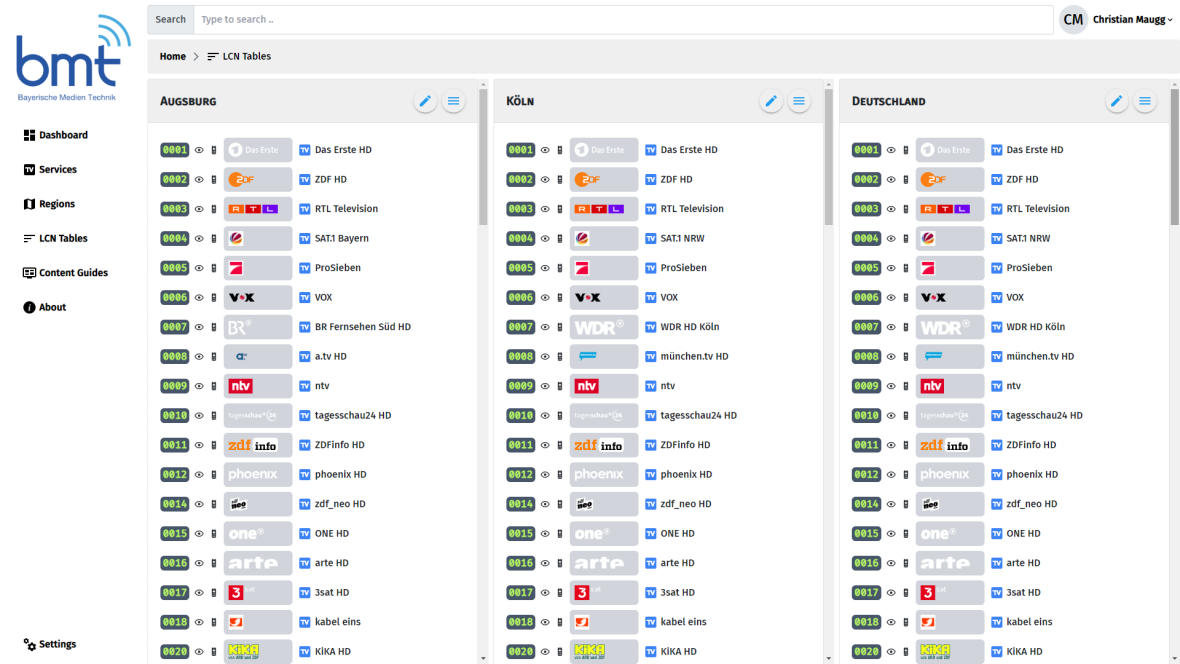
TV for all
Accessibility application
The project “Television for ALL – fully inclusive with HbbTV” was jointly developed and implemented by the Association for Disability and Media (abm), Bayerische Medien Technik GmbH (bmt) and the Institut für Rundfunktechnik (IRT).
The project, which was funded by the Bayerische Landeszentrale für neue Medien (Bavarian regulatory authority for new media, BLM), aims to provide barrier-free access to media content for people with visual or hearing impairments and at the same time enable an inclusive viewing experience together with other family members. Furthermore, on devices that support HbbTV 2.0, a connection of so-called companion devices such as smartphones or augmented reality glasses is achieved, which are synchronised with the TV set.
In this way, a sign language interpreter no longer has to be shown in the television picture, but is displayed next to the television picture by means of AR glasses, and audio description can be heard via a smartphone with headphones. In both cases, inclusion is supported by the fact that the additional aids can only be perceived by those who need them and other viewers are not distracted by them.
In November 2019, the project “Television for ALL – fully inclusive with HbbTV” received two (of seven) international awards at the 8th HbbTV Symposium in Athens. The joint project of bmt, abm and IRT was awarded in the categories “Best Multiscreen HbbTV Experience” and the prize “Best technology innovation in an HbbTV product or service”, which was awarded by the jury across all categories.
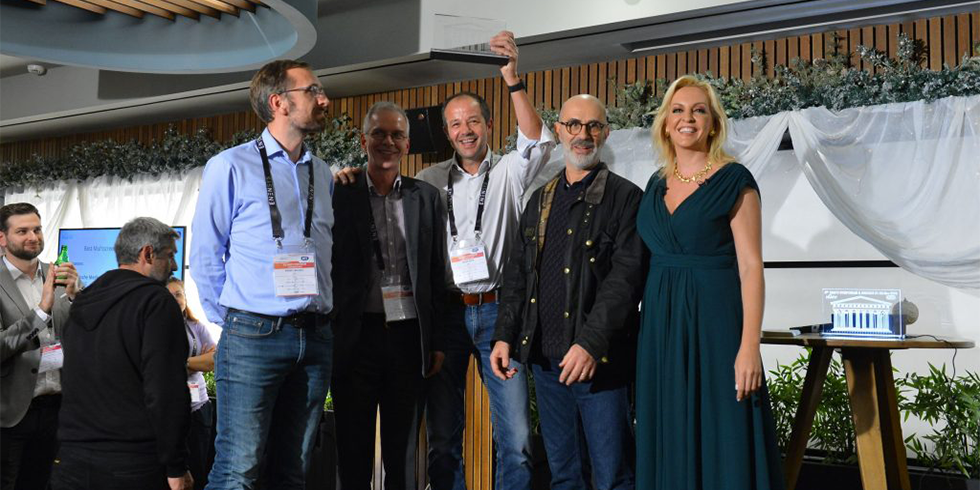
As the first local TV station in Bavaria, münchen.tv offers for visually and hearing impaired viewers, in the live programme and in catch-up TV, programme items produced by abm in versions with sign language interpreters, audio description, easy language and subtitles.
The Association for Disability and Media (abm), in cooperation with the broadcasters SAT.1 GOLD and KABEL EINS of ProSiebenSat.1 Media SE, has now reached a milestone in the development of “TV for ALL” nationwide. From now, the monthly channel series Challenge – as the first TV format ever in Germany – is available fully inclusive.
In June 2020, the bmt’s HbbTV joint project won a CONNECT! THE SMART TV AWARD as winner in the category “Feels like Magic – Best Technological Innovation.
This is already the third award for the project “Television for ALL – fully inclusive with HbbTV”!
5G Media Initiative
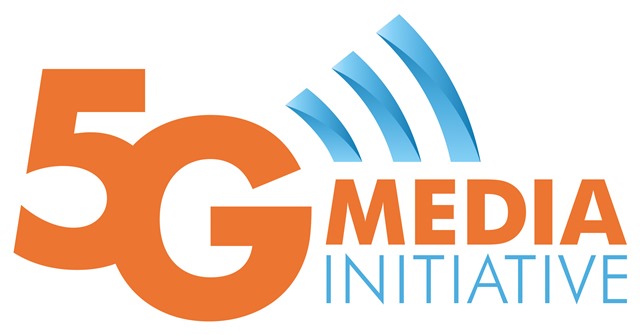
In 2017, renowned companies and organisations launched the 5G Media Initiative to promote the potential of the future network standard 5G for the media industry with research and development. The 5G Media Initiative connects media companies, science and industry to exchange know-how, develop joint positions and initiate research projects.
The partners include ARRI, the Arbeitsgemeinschaft Privater Rundfunk, the Bayerische Landeszentrale für neue Medien, the Bayerische Rundfunk, the Munich-based start-up Cadami, Ericsson, the Fraunhofer Institute for Integrated Circuits IIS, the Friedrich-Alexander-Universität Erlangen-Nürnberg FAU, the Institut für Nachrichtentechnik der TU Braunschweig, Kathrein Broadcast, Media Broadcast, Mugler, Nokia, Rohde & Schwarz, the Südwestrundfunk, Telefónica Deutschland and VAUNET.
The bmt is leading the project and organising the communication.
More
Radio
Project ART – Your mix of information and music
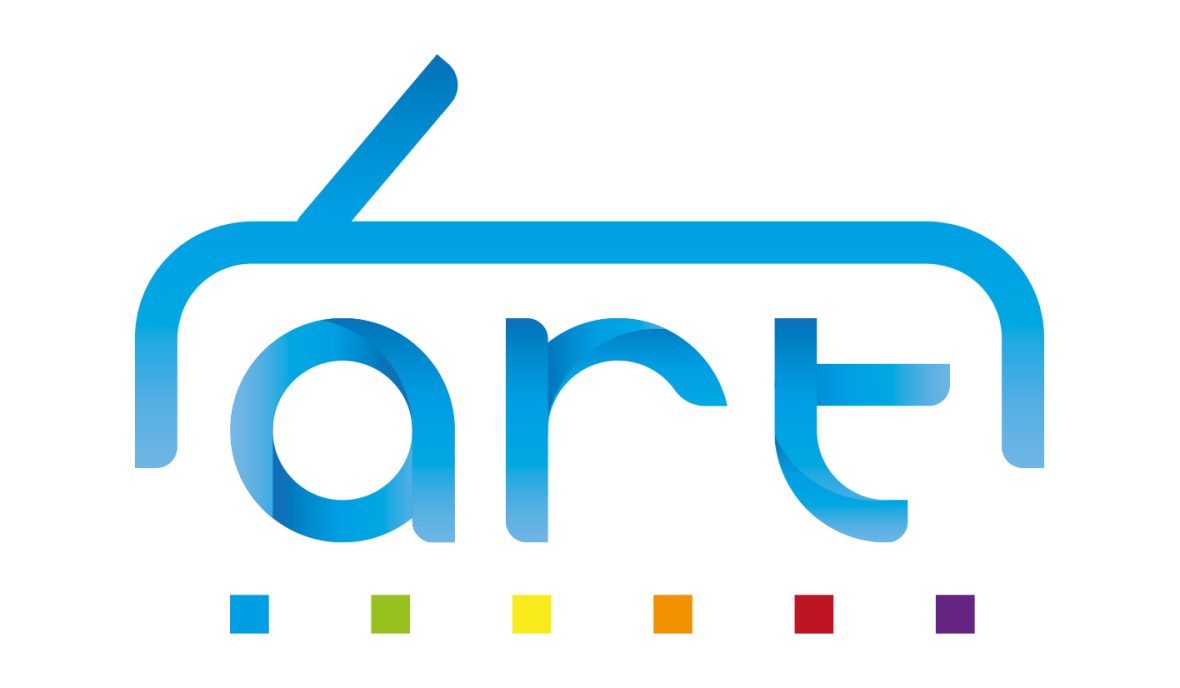
How can favourite music and personal interests in announcements be combined on linear radio, what technologies are necessary and how does it sound to the audience?
The Bayerische Medien Technik (bmt) together with the Bavarian Regulatory Authority for new media (BLM), Mediaschool Bayern, Bayerische Lokal-Radioprogramme (BLR) and Bayern Digital Radio (BDR), is investigating the combination of music-only programmes with an announcement channel in digital radio DAB+. The project has a duration of 14 months and is funded by the Bavarian State Chancellery.
MyRadio – Streaming Intelligence App for Radio Stations, Podcast Hosts, Audio Streaming Services and the Automotive Industry
Applikation Features
- The app creates an intelligent playlist using varoius audio content sources (radio, music streaming, podcasts, audio books) and the user preferences.
- The intelligent playlist is updated automatically to the latest status of the content provider, e.g. live programme, news, podcast episode or audio book.
- The user no longer has to manually switch to another apps.
- The app can be provided by a radio station, audio book publisher, podcast provider/marketer or music streaming service.
- The app provider can offer own content or open the app to external content providers.
Hybrid Radio
Research study on opportunities and possibilities of hybrid radio
In 2010, a system concept was developed for the hybrid use of radio programmes transmitted via broadcasting systems and Internet streams, in which the receiving device automatically selects the best available reception path in each case. The overall concept was demonstrated in practice for the first time at the Medientage München 2010 using a prototype receiver.

Study on DAB network costs
On behalf of the Rhineland-Palatinate State Media and Communications Authority (LMK), various regional and state-wide planning variants for DAB transmitter networks were examined in 2018 with regard to the expected costs.
More
Traffic Telematics
C-Roads
Within the framework of C-ROADS Germany, various cooperative ITS services (C-ITS Services) are realised in Hesse.
Roadworks warning is a safety-relevant cooperative ITS service with the aim of reducing the number of accidents that occur in connection with roadworks on the motorway and avoiding congestion in the advance of roadwork sites.
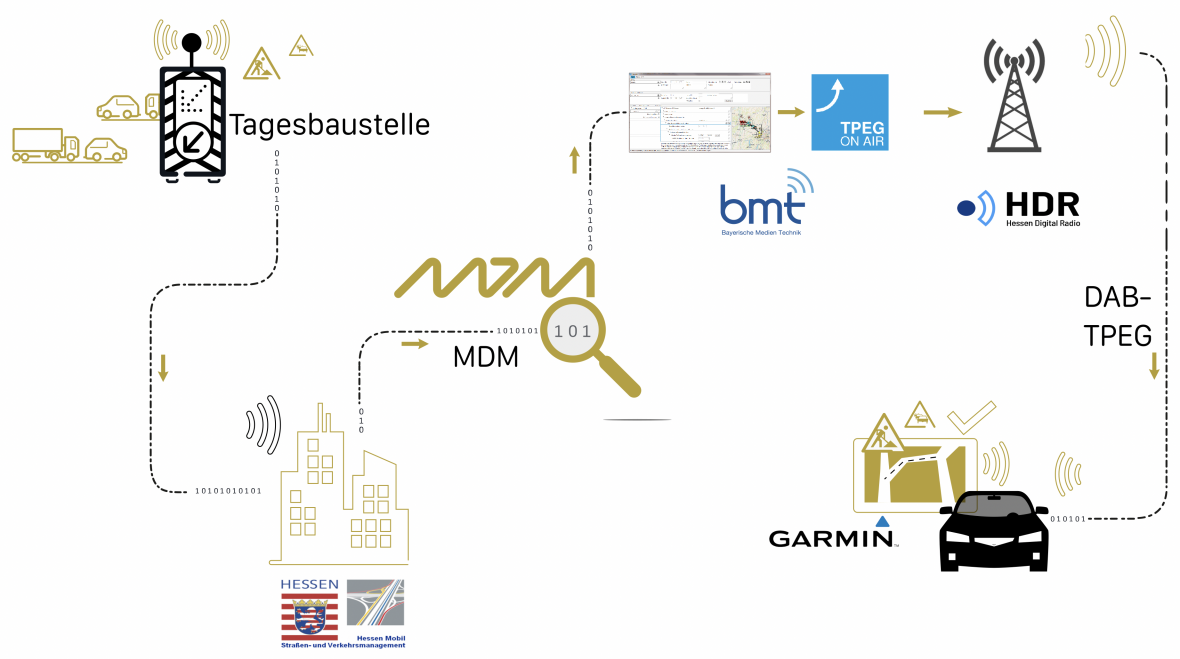
Accidents often occur in the context of a roadwork site because drivers do not react appropriately or react too late to the changed situation – e.g. when a lane is closed due to a daytime roadwork site or when traffic routing is changed – or do not pay full attention to what is happening on the road. It is therefore important that drivers receive a warning message in advance and can thus adjust their driving behaviour.
For the implementation of the road works warning service, different communication paths are implemented: An ITS Roadside Station (IRS) sends information to the ITS Vehicle Station (IVS) via ETSI G5. Another message channel is Digital Audio Broadcast (DAB) to bring the information to the navigation systems in the vehicles.
In the project, bmt is responsible for processing the road works warnings taken from the mobility data platform (MDM) and broadcasting them via its Playout TPEG ON AIR in DAB.
More about C-Roads
Test field Telematic
Projekt duration
March 2011 – August 2013
Field tests
approx. 1 Year in the Vienna region
14 Projekt partner
e.g. Asfinag, Siemens AT,
TomTom, Kapsch, Swarco
End devices:
Navigation systems, smartphone apps, series production vehicles with
integrated systems, COOPERS reference platform
bmt service
Playout und decoder for TPEG
Funded by climate and energy fond KLiEn
Services:
iKoPA – Integrated cooperation platform for automised electric vehicles
Automated driving functions are essential for efficient electric driving. Due to missing and intransparent communication structures as well as a uniform information quality, a cross-manufacturer integration of automated (electric) driving has been difficult so far. The integrated cooperation platform for automatised electric vehicles (iKoPA) brings technologies together in an innovative way. This is achieved by means of a multiple communication approach through the support of vehicle-to-X communication, digital audio broadcasting (DAB+) and mobile radio as well as the integration of driver assistance system architectures to support highly and fully automated driving manoeuvres.
The electronic systems of the electric vehicles can make their data available to service providers in a secured manner and in real time via the extended Car2X system network. With the connection of the traffic infrastructure, e.g. traffic lights and charging stations through an innovative upgrade kit, new and optimised driving, parking and charging functions with a high to full degree of automation are made possible. iKoPA develops the basis for a system that, as an open integration platform, connects future services in the field of intelligent traffic and automated driving in an innovative, future-proof and area-wide manner. The introduction of electromobile applications is accelerated by increasing the additional benefits and serves as the basis for a vision of the automated and electromobile mobility of the future.
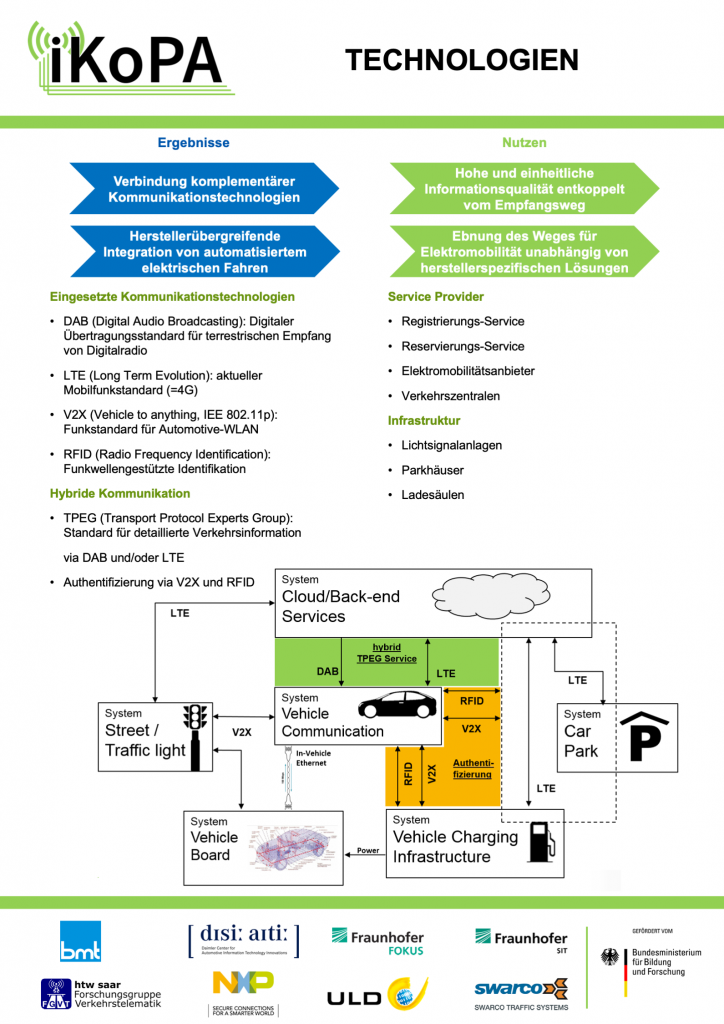
ECODyNIS
Safe electromobility and sustainable CO2 reduction through dynamic navigation in cities with traffic information via digital radio.
